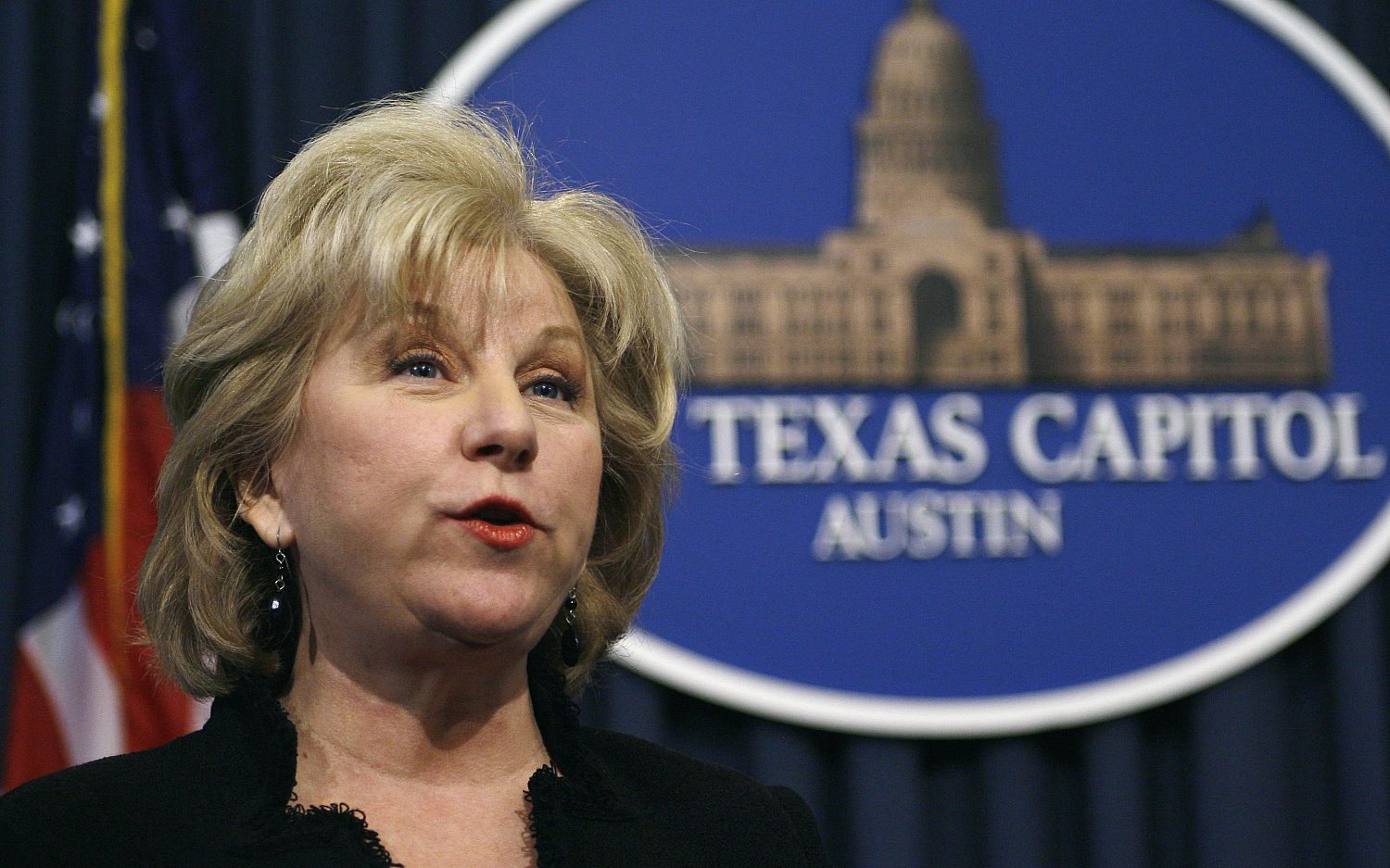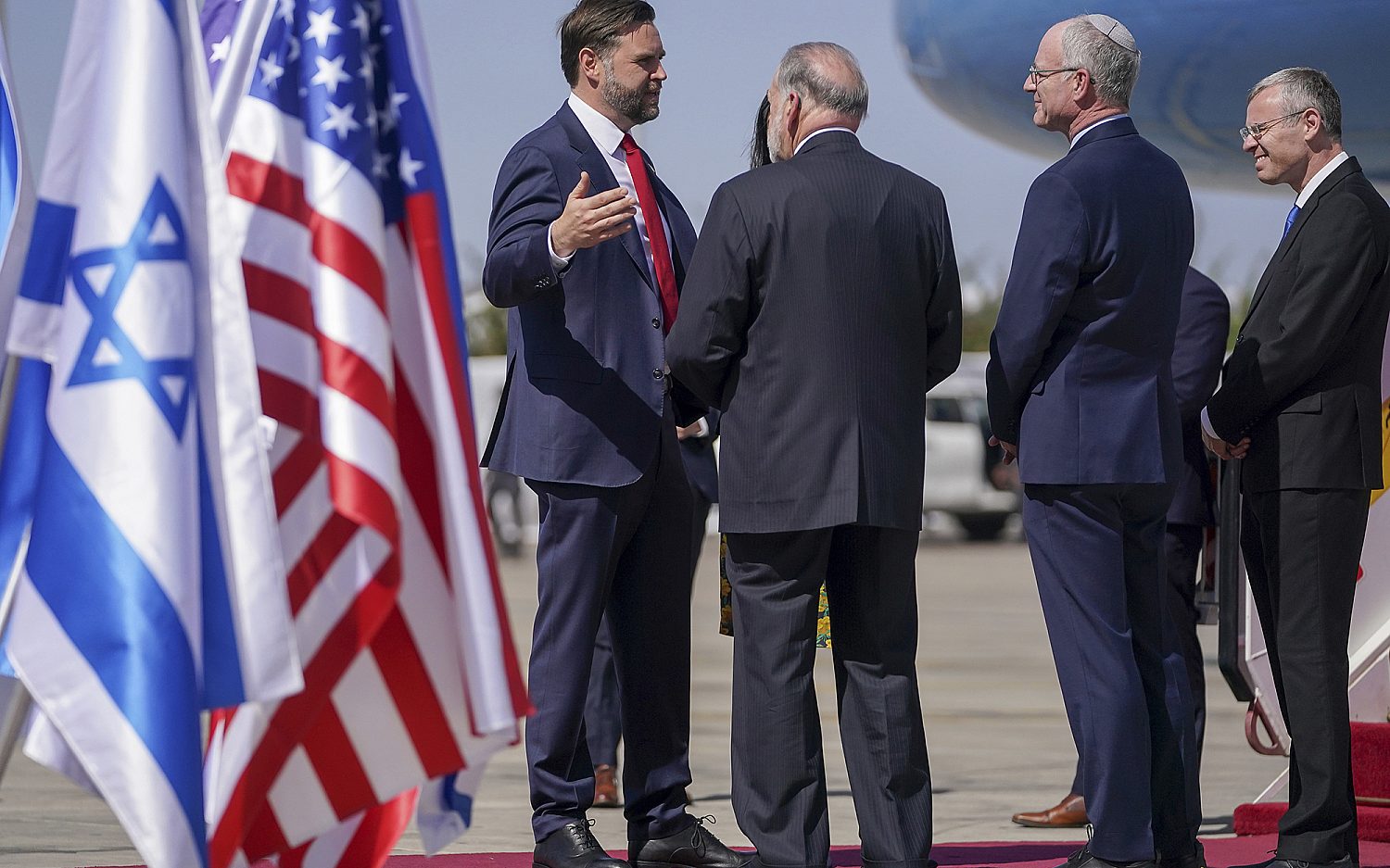Southeast Asia's migrant crisis attracts attention, not answers
Eighteen countries gathered on Friday in Bangkok to discuss the escalating humanitarian crisis in Southeast Asia. Although the conference attracted a lot of media attention, it didn’t produce any actionable results. International diplomats returned home without an immediate plan to rescue and resettle Rohingya Muslim and Bangladeshi migrants abandoned by human traffickers.
Participants included the United States, Japan, Myanmar, and officials from the UN refugee agency and the International Organization for Migration (IOM).
Southeast Asia’s migrant problem, involving Rohingya Muslims fleeing persecution in Myanmar and Bangladeshis fleeing poverty, is years in the making. But in the last few months it has escalated to epic proportions. In the past three weeks alone, fisherman in Indonesia, Malaysia, and Thailand have rescued at least 3,000 migrants abandoned at sea in rickety wooden boats after a regional crackdown on human trafficking. It is believed several thousand more are still marooned somewhere on the Andaman Sea.
Human rights groups have urged those involved in the talks to find a better way of saving the migrants and put pressure on Myanmar, also known as Burma, to end the repressive policies sparking the maritime mass exodus. By IOM estimates, at least 160,000 migrants have poured into Southeast Asia since 2012—25,000 this year alone.
Southeast Asia deflects blame for the crisis to Myanmar, the nation responsible for systematic oppression of minority Rohingya. At Friday’s meeting, the UN’s assistant high commissioner for refugees, Volker Turk, underscored the importance of addressing root causes: “This will require full assumption of responsibility by Myanmar toward all its people.”
Htin Linn, acting director of Myanmar’s Foreign Affairs Ministry, shot back: “Finger pointing will not serve any purpose. It will take us nowhere.”
Despite the seething sentiments, the mere fact that the Rohingya crisis is being discussed at all is considered progress. The United States pledged $3 million to assist IOM and began surveillance flights Wednesday to help find the remaining stranded migrants. Australia promised $4.6 million toward humanitarian assistance in Myanmar.
“The most encouraging result was the general consensus that these discussions need to continue,” IOM Director William Lacy Swing said. “It cannot be a one-off.”
And yet, the questions remains: What will humanitarian groups do with the Rohingya when they find them? Few countries are willing to claim the uneducated, stateless minority Muslims. Despite the recent search for solutions, the situation remains a dark game of human ping pong.
The Associated Press contributed to this report.
An actual newsletter worth subscribing to instead of just a collection of links. —Adam
Sign up to receive The Sift email newsletter each weekday morning for the latest headlines from WORLD’s breaking news team.




Please wait while we load the latest comments...
Comments
Please register, subscribe, or log in to comment on this article.